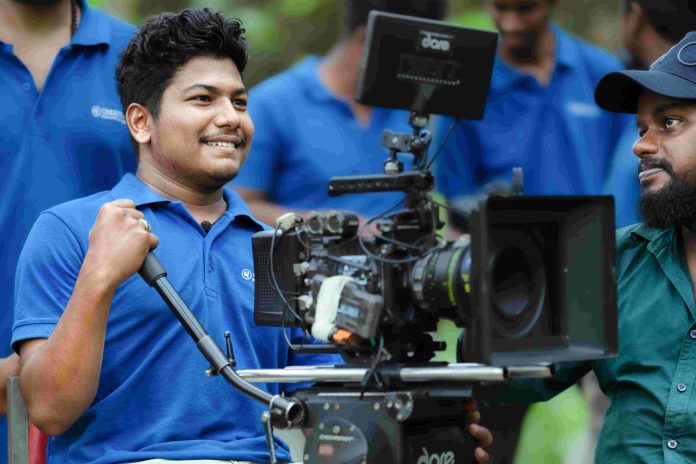Abstract photography, also known as non-objective, experimental, or conceptual photography, is a method of displaying a visual image that has been created using photographic equipment, processes, or materials and does not have an immediate association with the object world. An abstract photograph may isolate a fragment of a natural scene to remove the viewer’s inherent context, it may be staged to create an unreal appearance of real objects, or it may involve the use of color, light, shadow, texture, shape, and/or form to convey a feeling, sensation, or impression. The image could be created with traditional photographic equipment like a camera, darkroom, or computer, or it could be created without a camera by manipulating film, paper, or other photographic media directly, including digital presentations.

Hues: The colors of visible spectrum
Abstract photography can be intimidating for photographers due to the amount of creative freedom it provides. The rules are, there aren’t any. Beauty is in the eye of the beholder, as the saying goes, and abstract photography is exactly that. It can hold a wide range of interpretations, viewpoints, and opinions.

Polychromatic: Variety, or a change, of colours
Abstract photography requires looking at items in a new light. It’s a type of photography that aims to transmit ideas and feelings through images rather than attempting to create a conventional or realistic image. It draws attention to details that are sometimes overlooked and engages the viewer’s imagination by avoiding and going beyond typical renderings of an item, setting, or feature. In this chapter its all about tiny bubble fragments and looking at them from a new angle. Viewers are free to express their own perceptions of the visuals.
Copyrights:
All the photos and text in this post are copyright of Alwin Binu, Ernakulam, Creative Hut Institute of Photography.Their reproduction, full or part, is forbidden without the explicit approval of the rightful owners.


